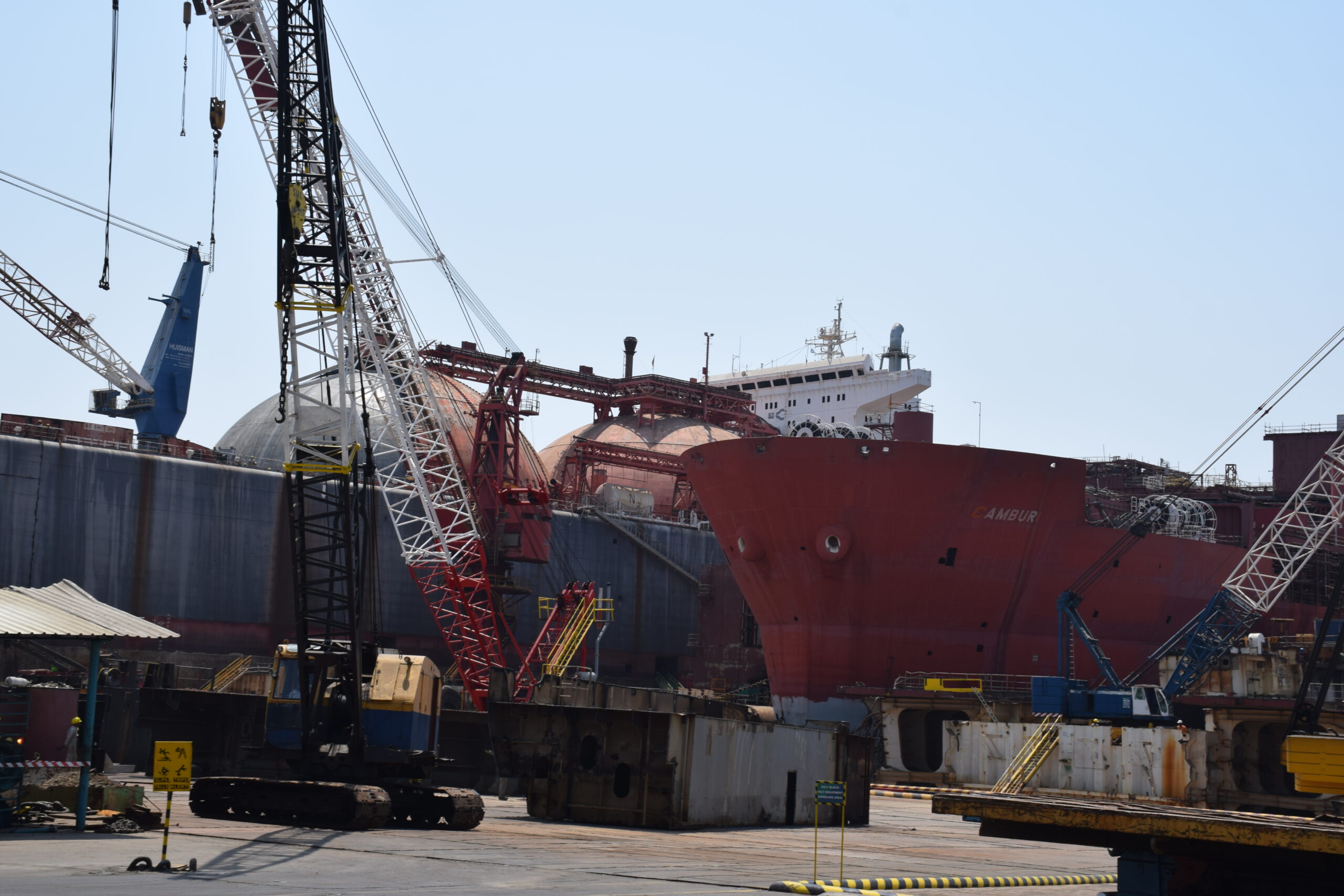Baltimore Struggles to Recover After Devastating Bridge Collapse
The Port of Baltimore is facing the monumental task of clearing wreckage and restoring functionality after the Francis Scott Key Bridge collapsed in a tragic accident last month. The impact is far-reaching, affecting not just the port itself but also businesses and workers across the East Coast.

Tradepoint Atlantic Shoulders the Burden
Currently, Tradepoint Atlantic, the port’s only operational terminal, is bracing for a surge in activity. They anticipate processing a staggering 10,000 vehicles over the next two weeks. This includes not just their usual cargo but also nine additional ships diverted due to the blocked main terminals.
The challenge is immense. Crews are working tirelessly to open a usable channel through the debris, but so far, only two temporary passages exist, primarily for cleanup vessels. A third, deeper channel is under construction to allow larger commercial ships to navigate the bottleneck and revive trade activities.
Salvaging More Than Steel: A Race Against Time
The salvage operation itself presents a complex engineering and safety hazard. Tradepoint Atlantic is tasked not only with clearing the wreckage but also with meticulously recovering the steel sections of the collapsed bridge from the Patapsco River. Governor Wes Moore acknowledged the difficulties, highlighting the perilous weather conditions that have hampered divers searching for the bodies of four construction workers believed trapped underwater.
The human cost of the disaster is heartbreaking. Six construction workers are presumed dead, with only two bodies recovered. Two others were fortunate to survive.
Relief Efforts Take Action
The Maryland Senate is fast-tracking a bill to support those affected by the port closure. This legislation would empower Governor Moore to tap into the state’s emergency fund to assist laid-off port employees who don’t qualify for unemployment benefits. Additionally, it aims to provide financial aid to small businesses struggling to stay afloat and incentivize companies that temporarily relocated to return once the port reopens.
President Biden has pledged significant federal resources to aid in the recovery and is expected to visit the site on Friday. The Small Business Administration has also stepped in, opening centres to offer loan assistance to businesses enduring financial losses due to the disruption.
The Cause of the Catastrophe
The bridge collapsed after a catastrophic collision with the cargo ship Dali. The vessel lost power on the morning of March 26th shortly after departing Baltimore for Sri Lanka. While a distress call allowed authorities to halt bridge traffic, it was too late for the construction crew working on the bridge. The Dali remains docked with its 21 crew members on board.
The impact extends far beyond the immediate vicinity. Numerous ships are stranded in Baltimore’s harbour, unable to move until the port, a crucial East Coast hub and symbol of Baltimore’s maritime heritage, is operational again. Notably, the port is the nation’s leader in handling cars and farm equipment.
The legal ramifications are also unfolding. The Dali, managed by Synergy Marine Group and owned by Grace Ocean Private Ltd. (both Singaporean companies), is chartered by Danish shipping giant Maersk. In a standard legal move for maritime cases, Synergy and Grace Ocean have filed a petition to limit their potential liability. A federal court in Maryland will ultimately determine fault and compensation.
The road to recovery for Baltimore and the East Coast’s shipping industry will undoubtedly be long and arduous. However, the collaborative efforts of government agencies, businesses, and relief organizations offer a glimmer of hope amidst the devastation.
Disclaimer:
Hey there! Just a heads-up: the stuff you find on this website is meant for general info only. We try our best to keep it accurate and up-to-date, but we can’t guarantee it’s always perfect. We’re not making any promises about how complete, accurate, reliable, suitable, or available the info, products, or services on here are for your needs.
So, if you decide to rely on any of this info, just know it’s at your own risk. We’re not responsible for any losses or damages that might happen because of using this website, whether it’s indirect, consequential, or anything else. That includes things like losing data or profits. Thanks for understanding!
Author: shipping inbox
shipping and maritime related web portal








